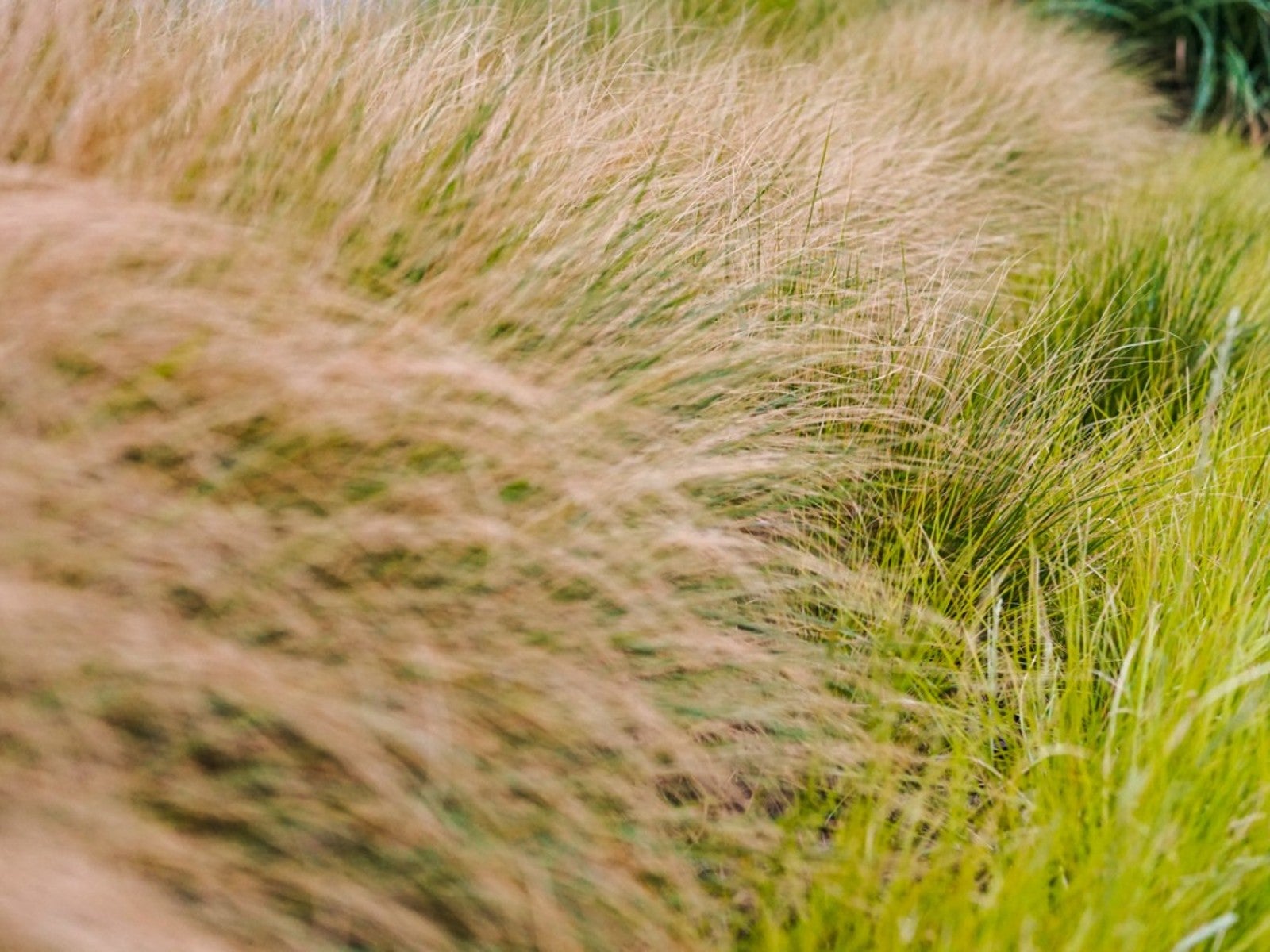Best Ornamental Grasses For New England And The Northeast


Ornamental grass offers so much beauty with so little maintenance that many gardeners decide to switch out their turf grass. It you are one of them, take all the time you need to select an appropriate ornamental grass species that will grow happily in your area. The idea is to select a native species. If you live in the northeast of the country, you’ll be glad to hear that there are more than a few native ornamental grasses for New England.
New England Ornamental Grasses
Ornamental grass is a wonderful substitute for turf grass if you live in the Northeast. Not only are New England ornamental grasses eye-catching, with interesting texture and movement, but they are also exceptionally low maintenance. They are very adaptable and grow well in almost any sunny location in well-drained soil.
Picking Mid-Atlantic native grasses guarantees you an extremely cold hardy species and a grass well-adapted to the climate. These native ornamentals are generally warm-season grass that grow rapidly in the spring and summer, bloom in late summer or fall, and go dormant through the winter. In general, native grasses are best. Consider some of the following species for New Hampshire landscapes.
Native Ornamental Grasses Northeast
Native ornamental grasses for New England should be hardy to USDA zones 3 and 4 when planted in an appropriate location. The grasses are varied in appearance, but each has its own graceful beauty. Here are some to consider:
Indian Grass (Sorghastrum nutans) is a tall clumping grass with blue-green foliage to 8 feet (2 m.) tall with a feathery seed head of toasty brown. Indian grass needs a site with sun and is hardy to USDA zone 3.
Purple love grass (Eragrostis spectabilis) is a shorter grass, growing to 2 feet (61 cm.) tall and offering lovely clouds of purple seed heads. Purple love grass likes dry soil and works well in mass plantings.
Little bluestem (Schizachyrium scoparium) is a great choice for those who love colorful ornamental grass. Little bluestem boasts gorgeous blue foliage that turns orange and red in autumn plus purple seed heads. It grows in dense and compact to 3 feet (1 m.) tall. It prefers dry soil and attracts wildlife.
Sign up for the Gardening Know How newsletter today and receive a free copy of our e-book "How to Grow Delicious Tomatoes".
Switchgrass (Panicum virgatum), hardy to USDA zone 4, is tall, growing to 6 feet (2 m.). Switchgrass’s green foliage turns red in fall, and the flowers grow in long red panicles. This native is easy to grow with a wide soil tolerance. It will require a sunny site since it does not tolerate shade.
Big bluestem (Andropogon gerardii) is one of the tallest and most attractive native grasses in Maryland. Growing to 8 feet (2 m.) tall, big bluestem’s foliage is blue-green in summer but turns to fiery colors in fall. The seed head is said to resemble a turkey’s foot. Adaptable and tolerant, it is wonderful as a wildlife habitat.
Caring for Native Ornamental Grasses
Native ornamental grasses have adapted not just to New England climates, but also to growing in poor soil. They need little or no fertilizer if you mix a little compost into the soil.
What about water? These grasses are very drought tolerant once established, but that doesn’t mean they never need a drink. They need irrigation the first summer after planting, especially if the weather is dry. Ideally, mature grasses will get one inch (2.5 cm.) of water per week from rain or irrigation.
Don’t worry about mowing the grass every few weeks. Ornamental grasses only need to be cut back once a year to look great. Cutting them to within a few inches (8 cm.) from the ground in fall or spring is best. If you wait until spring, ornamental grasses provide winter interest and serve as a natural food source for wildlife.
You’ll also want to divide grass clumps every three to five years. Just dig up the clump and chop it into a few pieces with a shovel or axe, then replant. This process is best undertaken in spring before new growth begins.

Teo Spengler is a master gardener and a docent at the San Francisco Botanical Garden, where she hosts public tours. She has studied horticulture and written about nature, trees, plants, and gardening for more than two decades, following a career as an attorney and legal writer. Her extended family includes some 30 houseplants and hundreds of outdoor plants, including 250 trees, which are her main passion. Spengler currently splits her life between San Francisco and the French Basque Country, though she was raised in Alaska, giving her experience of gardening in a range of climates.